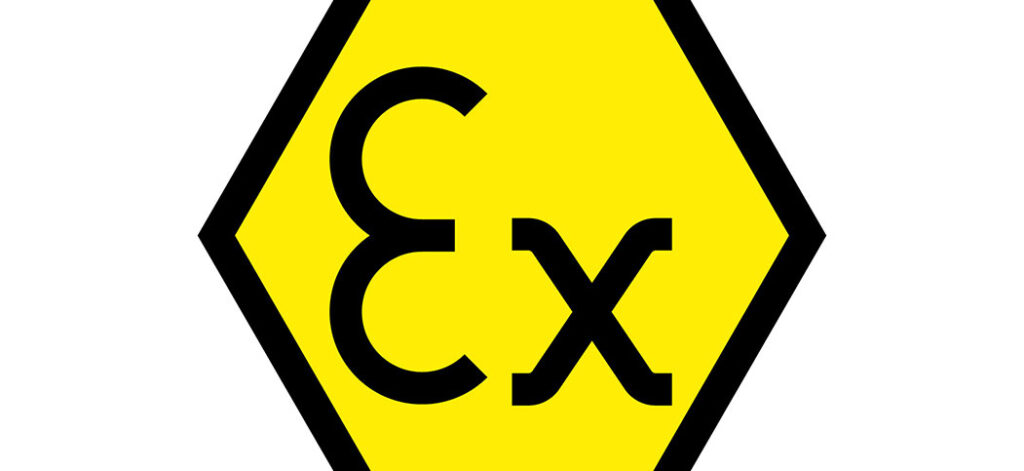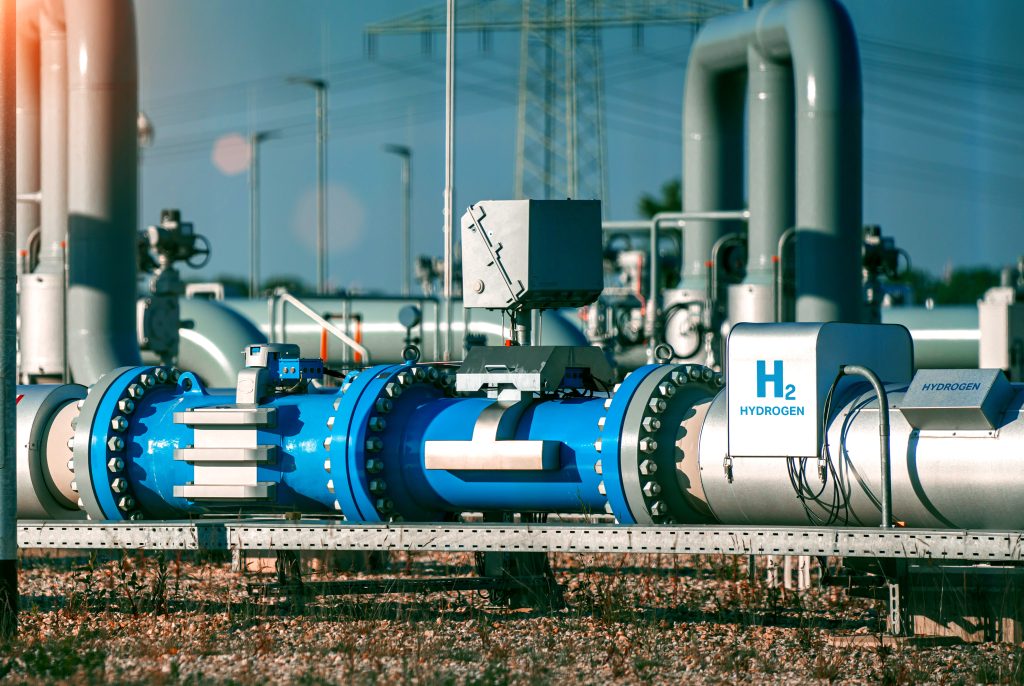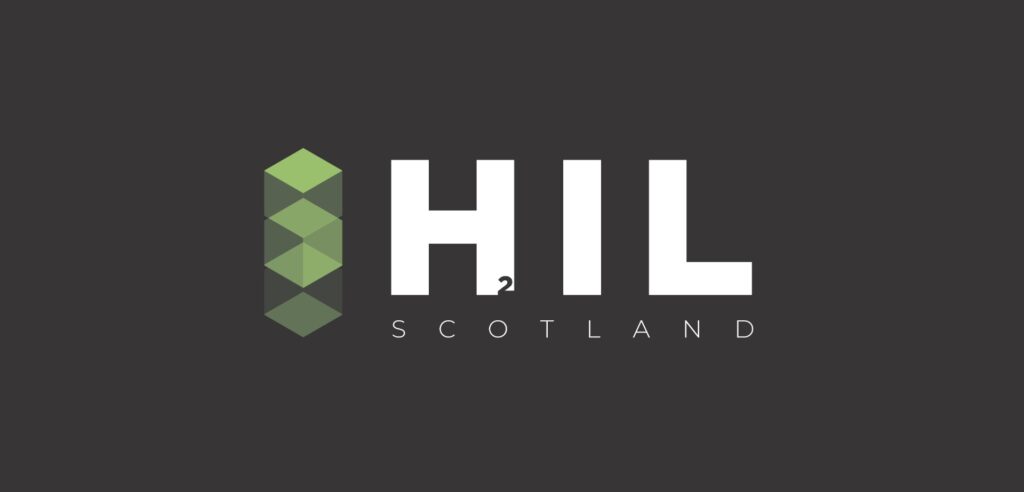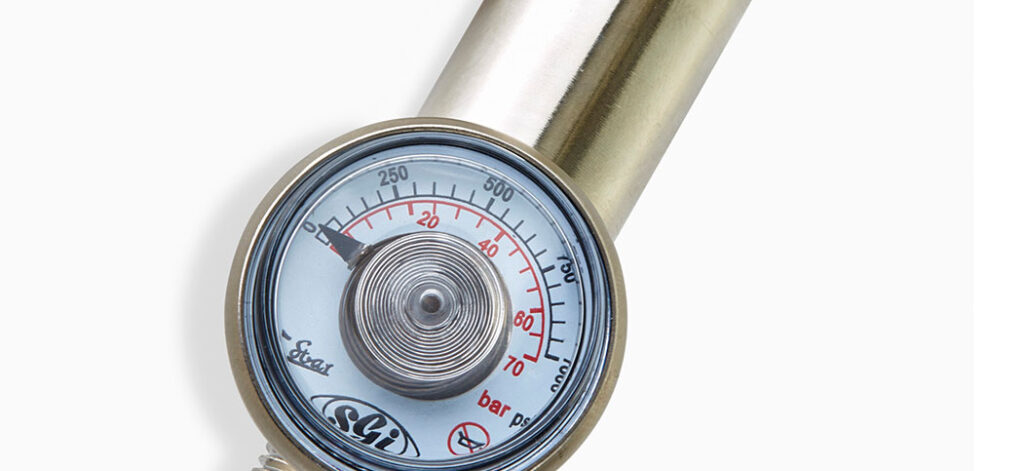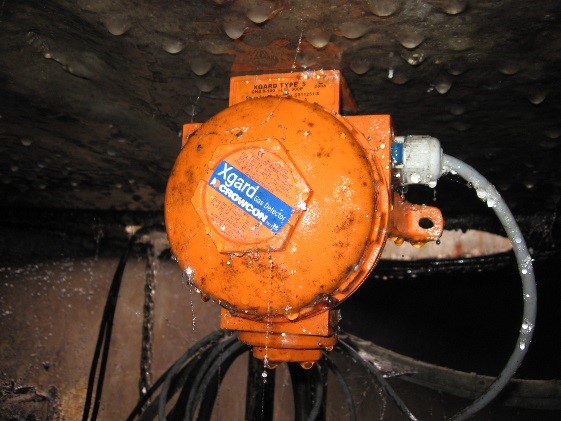Y a-t-il un risque important que des gaz ou des poussières dangereux soient présents sur votre site ? Si c'est le cas, vos opérations et votre équipement de sécurité doivent être approuvés.
Les fabricants et les opérateurs de processus dont les activités présentent un risque potentiel d'incendie ou d'explosion ont la responsabilité de garantir la sécurité des travailleurs et du grand public. La réglementation prévoit que les opérateurs doivent demander des autorisations si leurs procédés sont potentiellement dangereux, et les autorisations ne seront accordées que si les systèmes adéquats sont en place pour atténuer les risques d'incendie et d'explosion.
Un incendie ou une explosion n'a besoin que de trois éléments pour se déclencher : du combustible, de l'air et une source d'inflammation. Si un mélange de gaz ou de poussières inflammables dans l'air atteint la bonne concentration (c'est-à-dire que la concentration se situe entre les limites inférieure et supérieure d'explosivité du matériau) et qu'il rencontre ensuite une source d'inflammation, la combustion se propagera à l'ensemble du mélange non brûlé. De telles explosions peuvent provoquer des blessures graves et des dégâts importants.
Tous les sites manipulant des quantités importantes de gaz ou de poussières inflammables susceptibles de former une atmosphère explosive relèvent de la directive ATEX 1999/92/CE (également connue sous le nom d'"ATEX 137" ou de "directive ATEX sur les lieux de travail"), qui est mise en œuvre au Royaume-Uni au moyen de la réglementation sur les substances dangereuses et les atmosphères explosives (Dangerous Substances and Explosive Atmospheres Regulations - DSEAR). L'objectif général de la réglementation est le même pour les gaz et les poussières. Cependant, ils nécessitent des approbations distinctes, car les gaz et les poussières ne se comportent pas toujours de la même manière.
Les employeurs doivent classer les zones où des atmosphères explosives dangereuses peuvent se former en une série de zones. La classification d'une zone particulière, ainsi que sa taille et son emplacement, dépendent de la probabilité d'apparition d'une atmosphère explosive et de sa persistance le cas échéant. Le cas échéant, les points d'entrée des zones classées doivent être signalés par un panneau "EX" spécifique.
La zone 0 pour les gaz et la zone 20 pour les poussières sont les zones les plus dangereuses, où un mélange explosif est présent pendant de longues périodes ou en permanence. Les zones 1 et 21 sont des zones où une atmosphère explosive est susceptible de se former en fonctionnement normal. Les classifications les plus basses, la zone 2 et la zone 22, sont des zones qui devraient généralement être exemptes d'atmosphère explosive en fonctionnement normal et où tout mélange explosif ne sera présent que pendant une courte période.
Avant la première mise en service d'un lieu de travail contenant des zones, l'employeur doit veiller à ce que la sécurité de l'ensemble des mesures de protection contre les explosions soit confirmée (vérifiée).
De la même manière que l'inspection et la certification d'installations agréées peuvent démontrer la diligence des opérateurs, l'utilisation d'équipements de sécurité agréés confirme qu'une solution est adaptée à l'environnement dans lequel elle doit fonctionner. L'équipement doit être spécifiquement approuvé pour les gaz ou les poussières.
La directive 2014/34/UE (également connue sous le nom d'"ATEX 95" ou de "directive sur les équipements ATEX") couvre les exigences relatives aux appareils et aux systèmes de protection destinés à être utilisés dans des atmosphères potentiellement explosives. Elle s'applique parallèlement à la directive ATEX sur les lieux de travail. Les appareils certifiés sont identifiés par le symbole "EX".
APERÇU DE L'INDUSTRIE
Abonnez-vous pour recevoir les dernières informations
dans votre boîte de réception.
En savoir plus sur la politique de Crowcon en matière de la vie privée et de de Crowcon ici. Si vous changez d'avis, vous pouvez vous désinscrire à tout moment.

